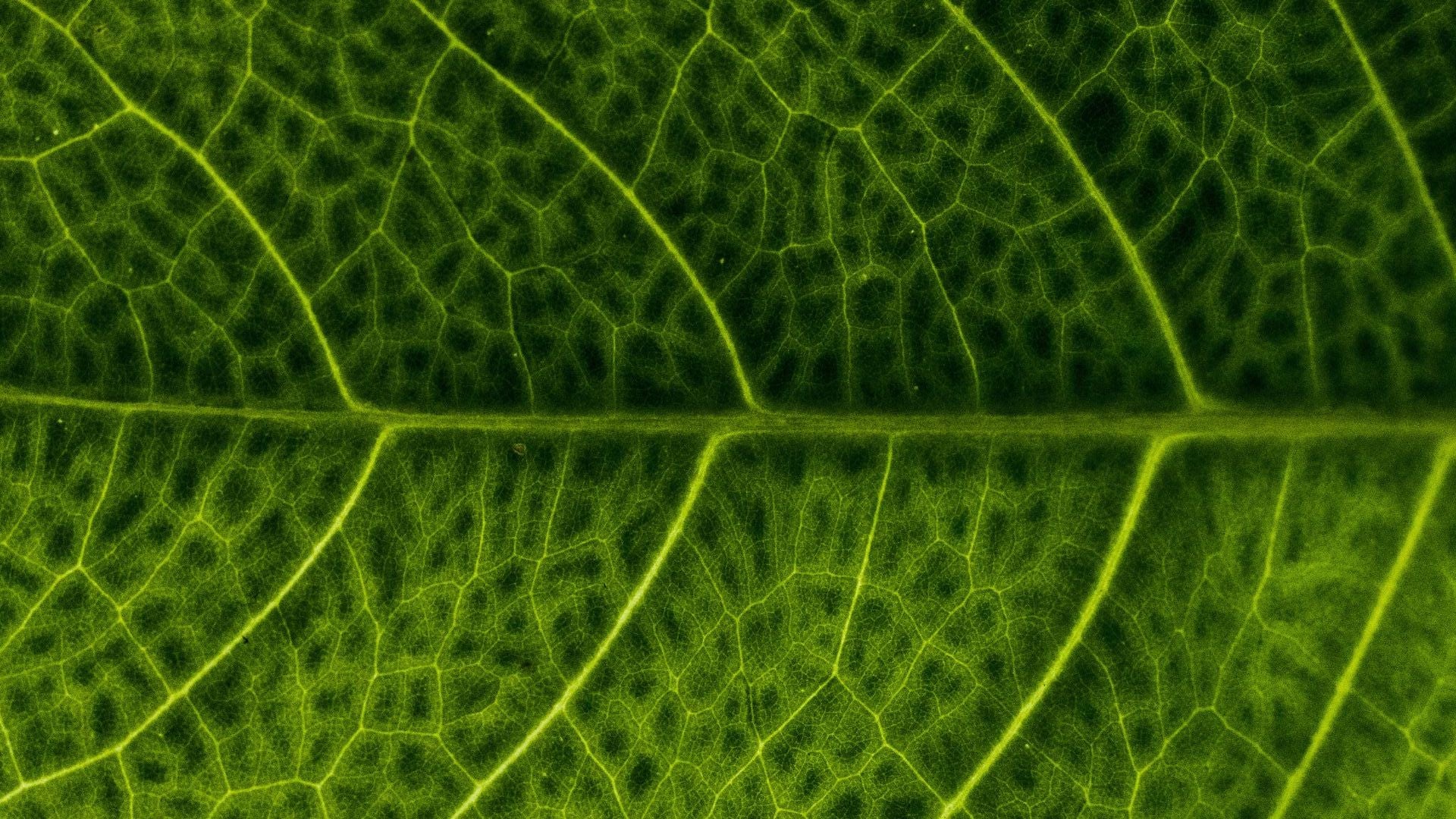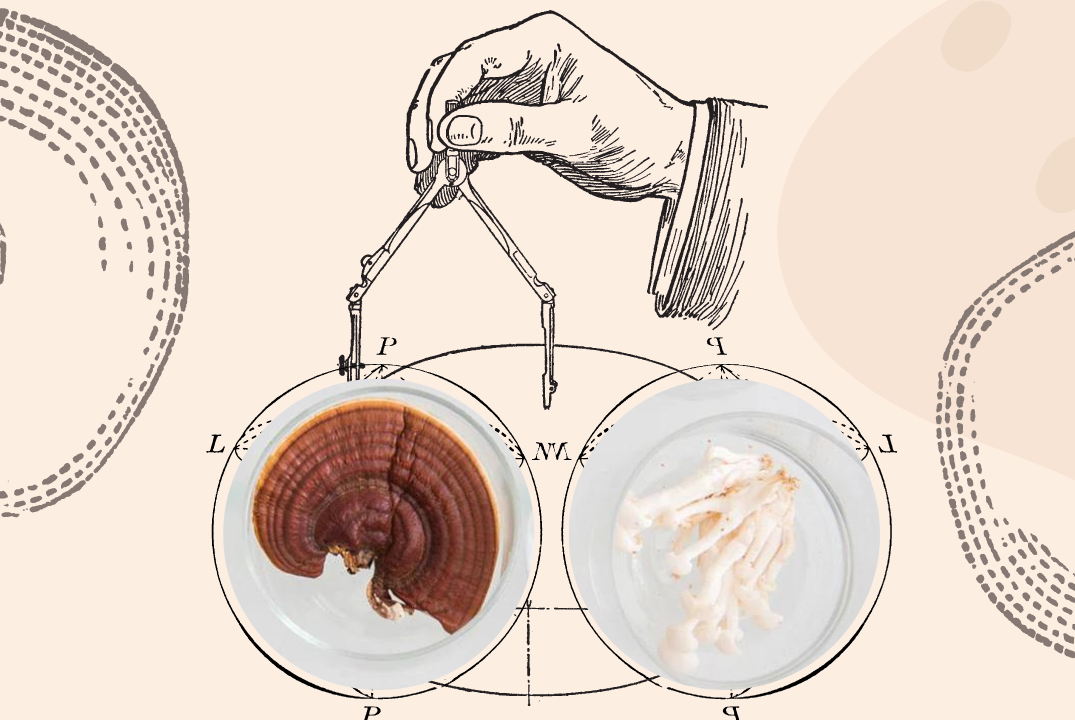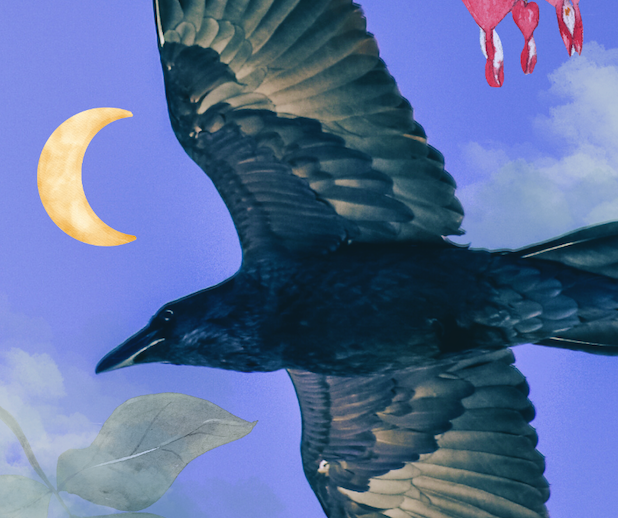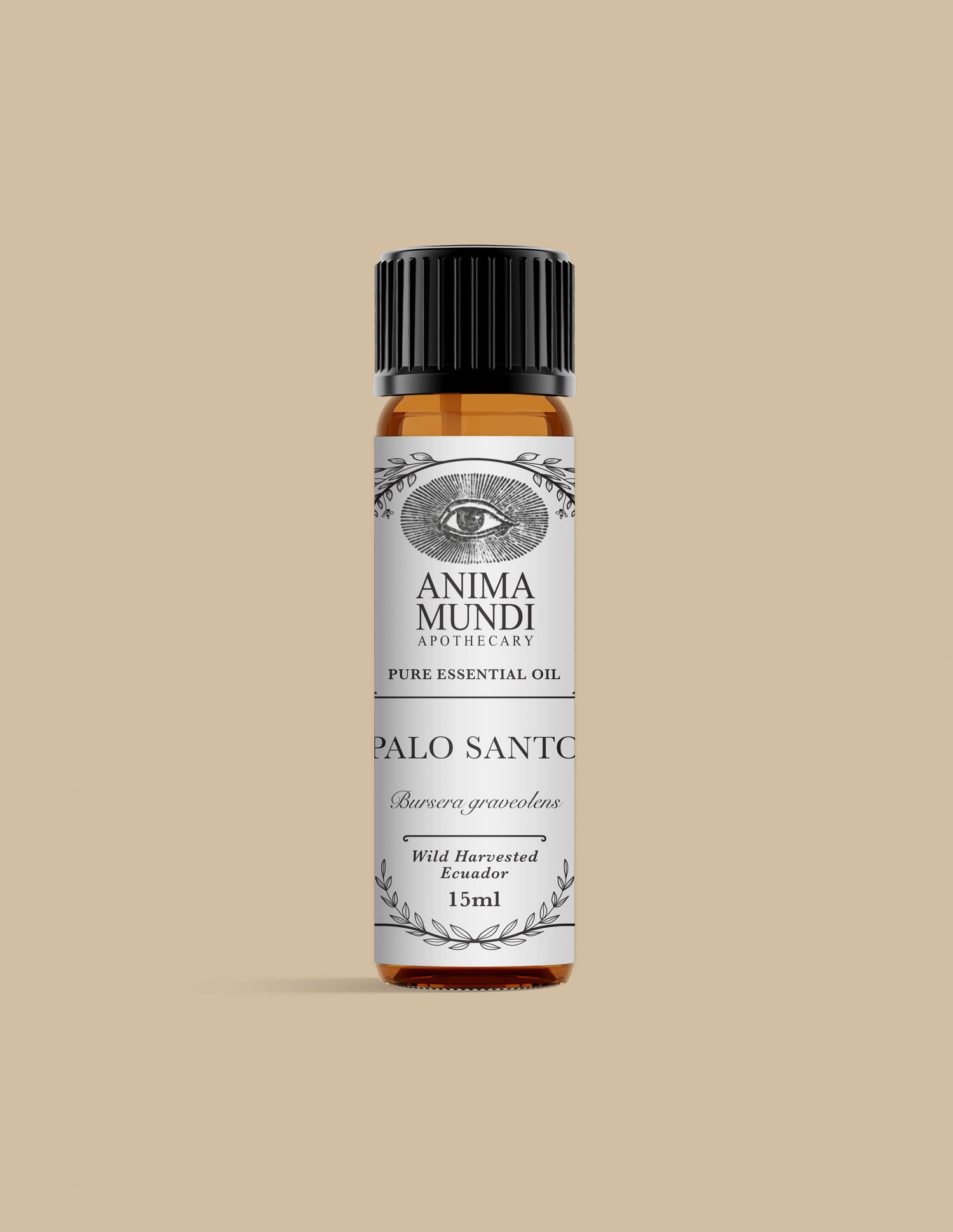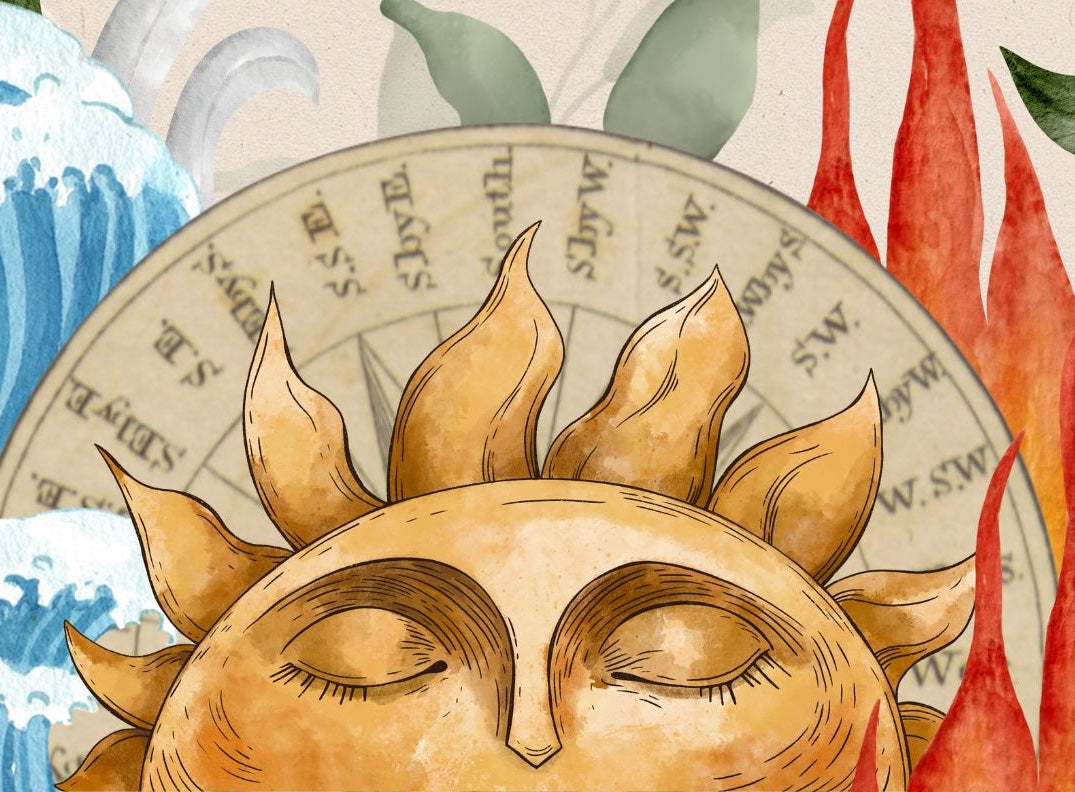
Long before the “Renaissance Man” Leonardo DaVinci was lauded as a pioneer and champion of biomimicry—and centuries prior to the scientist and Biomimicry Institute founder Janine Benyus authoring her seminal work, Biomimicry: Innovation Inspired by Nature (1997)—humans have been practicing this “empathetic interconnected understanding of how life works and ultimately where we fit in” all around the world (Source: Biomimicry Institute).
Benyus not only popularized the term “biomimicry” and its principles in the Western world, she also helped pave the way for generations of innovators across disciplines to reconsider what many indigenous people had already been practicing for thousands of years. DaVinci put into words what countless cultures had been embodying in their daily habits and ways of creating: “Human subtlety will never devise an invention more beautiful, more simple, or more direct than does nature because in her inventions nothing is lacking, and nothing is superfluous.”
According to Lily Urmann, former program coordinator for the Biomimicry Center at Arizona State University and host of Learning from Nature: The Biomimicry Podcast, biomimicry is “an ancient practice and an emerging field where we learn from nature’s forms, processes, and systems to inspire life-friendly design. So people have been learning from nature for millennia, but only in the last 40 or 50 years has this practice made its way into formal [clears throat]—Western—academia.”
As both a science and an art, the practice of biomimicry endeavors to seek the answers from nature’s deep intelligence and ways of being to solve countless human-generated sustainability problems. Today, we’re taking a closer look at biomimicry’s potential to support problem-solving in the contemporary world. “The thinking is that nature—animals, plants, and microbes—has already spent billions of years working out solutions to many of the problems we are facing today,” writes Metals Magazine, “So why not tap into nature’s ‘engineering’ expertise?”
Jayne Benyus and others at Biomimicry 3.8 created this graphic to help illustrate what they call “Life’s Principles” (more on that below):
Robert Lamb, co-host of the science podcast Stuff to Blow Your Mind, explains further: “The Biomimicry Life’s Principles are a set of 26 strategies all organisms and ecosystems on Earth use for creating conditions conducive to life. They’re also a set of innovation principles that are beneficial to any organization/design whether [they’re] focused on sustainability or not. The Biomimicry Life's Principles inform the ethos and measure components of biomimicry—a tool for both ideation and evaluation.” We must first “ask nature” (as Benyus instructs), and then emulate what we find. “We do this by distilling the relevant principle from an inspiring organism/ecosystem,” says Lamb, “and then applying these within our designs.”
Simply put (as seen above), “Life creates conditions conducive to life.” By incorporating these principles into their work, today’s biodesigners and biomimics can work toward creating inherently sustainable strategies, following their observations of the conditions in which nature thrives best.
Here are the six overarching Biomimicry Life’s Principles*, which are super tools for systems thinking that can inform design, architecture, business, technology, medicine, and more:
- Evolve to Survive
- Adapt to Changing Conditions
- Be Locally Attuned and Responsive
- Use Life-Friendly Chemistry
- Be Resource Efficient
- Integrate Development with Growth
*Source: Learn Biomimicry
Evolving
According to Venture Well—who have launched nearly 4,000 ventures to support biotechnology, sustainable energy and solutions for low-resource settings—imitating evolution in design can best be understood through Kevin Kelly’s description of “letting go with dignity,” or “design without authorship,” a process of artists and makers creating the right fertile ground for ideas to emerge from, just as gardeners do with their plots of soil. Venture Well cites the example of Design Thinking’s iterative processes for design, wherein they make multiple prototypes at once, user-testing them, and then implementing results that are driven by a clear problem definition.
Adapting
The strategy and organization advisers behind the Sense & Change newsletter say that this principle is about “actively adapting to the bigger changes around you, on a medium timescale spectrum.” Think months or years, not decades or longer. The sub-principles center on incorporating diversity, maintaining integrity through self-renewal, and embodying resilience through variation. Through sensing how things around you might shift or change over the next few years and preparing to adapt to what you will need in the future (not just what you need right now), meaningful change can be integrated into the plans of your project, whether that be a personal or professional endeavor.
Local Attunement
The Biomimicry Institute provides a wonderful free toolbox for anyone interested in putting nature’s unifying patterns into practice. In it, the Institute explains that our very survival “depends on responding appropriately to information garnered from the local environment.” Tapping into the cyclic patterns of our environment (tides, seasons, annual floods or fires, etc.) are predictive tools that natural organisms use as their strategic advantage for thriving. Why shouldn’t we, too? When organisms and ecosystems flourish, it’s a direct result of their sophisticated local attunement.

Life-Friendly Chemistry
Biomimicry 3.8 Principal and biomimicry chemist Mark Dorfman explains that “organisms face the same functional challenges as we do,” citing lubrication, self-cleaning, adhesion, fragrance, flavor, and anti-oxidation as some of the functions nature achieves through chemistry. One of the main reasons Dorfman believes we should pay closer attention to “life-friendly chemistry” is that nature’s way of solving for chemistry needs is almost always more sustainable than what humans do. In almost every instance, nature’s chemistry is water-based, life-friendly, and biodegradable, not to mention it requires fewer elements and leverages paired opposites for self-assembly.
Resource Efficiency
The Virginia Energy Efficiency Council (VAEEC) offers several useful examples of energy efficiency through biomimicry, including the phenomenon of humpback whales maneuvering rapidly through the water to chase fish despite being the largest animal on the planet. This is, in part, thanks to tubercles, “which create scalloped edges on the leading side of their flippers,” explains the VAEEC, which gives them more lift for turning and optimal angles of attack. Sparked by the tubercle and scallop shape studies conducted by Professor Frank Fish at West Chester University—which determined that tubercles increased the angle of attack as much as 42 percent—engineers have begun to augment wind turbines with these form and function-inspired tools, which not only help increase efficiency, but also enable more lift due to creating higher angles, like the humpbacks.
Integration
A more mainstream way of thinking about this principle is as a nature-inspired “feedback loop.” Biologist & Design Strategist at Biomimicry 3.8 Jamie Dwyer says, “The cholla is a good example of integrating development with growth because of the phases it goes through. As the plant grows, the functionality of the skeleton changes from being rigid and pipelike for the purpose of moving fluid, to becoming a more woody, solid supportive structure.” The team at Biomimicry 3.8 encourages individuals and organizations to use this particular strategy to help “create a stable, locally attuned foundation before each growth phase [to increase the] likelihood of long-term success, while also reducing chances of new growth creating an unsustainable condition.” We could also imagine this principle as a “crawl before you walk” approach to gradual development that ensures that the growth of a project (or process of creating) is aligned with observation, responsiveness, and flexibility.
9 Basic Principles of Biomimicry
Over the course of several decades, biomimics, designers and biologists affiliated with Biomimicry 3.8 have expanded Jane Benyus’s original nine principles, as she first described them in Biomimicry: Innovation Inspired by Nature (1997). However, the original nine Biomimicry Life’s Principles still serve as the root of biomimicry studies and practical applications today.
Benyus’s nine principles were translated into generic design language by dedicated individuals whose iterations to date include five different attempts to distill key biological principles from a vast literature review and ongoing research. Today, there are 26 Life Principles. Explore the full list here.

BioLearn, a resource for primary and secondary educators, provides shareable, beginner-friendly descriptions of the 9 Biomimicry Life's Principles. The text below is excerpted from BioLearn’s breakdown of the nine principles, in language that even young learners can understand:
1. Nature runs on sunlight – Nature uses sunlight as the main source of energy. Organisms use heat and UV radiation from this never ending source. So, we can say that nature is powered by sunshine. Humans use fossil fuels, these sources are not renewable, and burning them creates CO2 which is one of the gasses causing climate change. Why don’t we do the same and prevent the climate crisis? A wise person would mimic nature and rely on renewable power.
2. Nature uses only the energy it needs – Nature takes only what it needs. So why do we not do the same? Our economy is focused on maximizing output and is a big energy consumer. We transport food around the world because that is economically cheaper. Only money seems to count in a lot of decisions, not our energy consumption and the impact this has on the natural world. How can we learn to optimize the performance of goods and services to sip energy rather than gulp it?
3. Nature fits form to function – A tree is rooted in the ground to draw water and nutrients from the soil; it spreads its branches and leaves wide to increase surface area and absorb the sunlight to produce energy and grow. Seeds are lightweight and some even come equipped with a sort of umbrella so they can float in the air. Nature creates designs for the function they provide, so should our buildings, transportation systems and schools.
4. Nature recycles everything – There is no ‘away’ to throw things. Everything produced in nature is biodegradable, there is no waste. There can still be abundance, look at all the blossoms on a cherry tree, but that all serves a purpose and will be food and nutrients for others. Once the natural life of a pinecone has come and gone, it breaks down into essential elements that are repurposed into new life.

5. Nature rewards cooperation – We see competition in nature, but only when it’s impossible to avoid; in general competition costs too much energy. On the other hand, very little in nature exists in isolation. Plants cooperate with pollinators to disperse seeds, and the pollinators feed on nectar. Ladybirds feed on aphids and help plants to stay healthy. Nature favors cooperation because it maintains the health of the whole system.
6. Nature banks on diversity – Diversity is one of nature’s best insurance policies. When one food source is unavailable, others can be found. Plants use several different strategies to spread seed or defend against predators. We know that species with limited genetic diversity have more difficulty adapting to environmental change, and that ecosystems rich with diversity are more stable.
7. Nature demands local expertise – Nature’s systems are inherently local. Certain species thrive under specific conditions; local and regional weather patterns matter, as do other conditions such as soil, air quality and water temperature. Relationships are created locally and local resources are used. Of course, some birds travel long distances but have you seen them take their food with them?
8. Nature seeks balance – Ecosystems will always try to keep in balance. More mice? Then you will see more owls to feed on the mice and keep the population in balance. Forest fires are a great example of a natural phenomenon that renews and refreshes, reducing excessive growth and allowing for regeneration. Every natural system has a tipping point, a carrying capacity or a state of disequilibrium that triggers a change to a different state.
9. Nature taps the power of limits – Unlimited growth on a finite earth is not a good idea. All living things are governed by limitations; age, climate, population density and many other factors determine how species and systems develop. Nature has found ingenious ways to work within these limits to be as productive as possible over the long run.

*Source: BioLearn: Biomimicry for Schools
For those who are new to the term and concept of biomimicry, the Learning from Nature: The Biomimicry Podcast is an excellent starting point for deeper inquiry that relies on indigenous and other field expert guests to demystify biomimicry with Lily Urmann as their inquisitive and informed guide. In Urmann’s inaugural episode of Learning from Nature, she also makes a point of telling the listener a few things biomimicry IS NOT. Urmann explains these key terms, which are worth knowing if you have doubts about biomimicry versus related disciplines:
According to Urmann, biomimicry IS NOT…
Biomorphism → While this discipline incorporates artistic or visual elements that mimic how nature looks, it lacks the deeper functionality of biomimicry.
Biophilia → It’s in our nature to connect to nature! But by definition, biophilia is our love as humans for other life forms; it’s not about how we look to them for answers to complex (and sometimes even simple) human solutions.
Bioutilization → Urmann gives the example of using foam made from fungi for commercial packaging rather than synthetic materials like styrofoam to demonstrate the idea of utilizing natural materials without using their form, function, systems, and processes to inform the design and usage.
Bio-assisted → This type of solution may accomplish a goal with the help of nature. However, Urmann warns, “this extracted mindset is a dangerous path to walk,” as it may have humans using natural resources without ensuring they are doing so responsibly and sustainably.
Urmann really drives home that biomimicry is about function, and while these other concepts and practices may be related to biomimicry, they are not considering the questions of how nature communicates, shares resources, creates color, or physically assembles, for instance.
The bottom line is that maladapted biomimicry is not life-friendly, and well-adapted biomimicry is no small feat! If you’re considering exploring biomimicry in your role as an educator, architect, engineer, designer, driver of tourism, medical or spiritual practitioner, or biomimic-in-the-making, we recommend you visit Asknature.org to take a deeper dive into the world’s most comprehensive library (in database form) of biological solutions applicable to human design challenges. Educators may also find this tool useful for an exercise in biomimicry principles.
While we’re on the topic of life-friendly and life-affirming practices, we invite you to try three new Spring Recipes we recently added to the blog to help usher in the highly anticipated picnic and cookout season. Happy living in harmony with the cyclic nature of Mother Earth, and happy spring to you! As you gather with loved ones to break bread and celebrate nature reawakening, embrace sunny days with these inventive springtime recipes for a burst of flavor and health in every bite.



